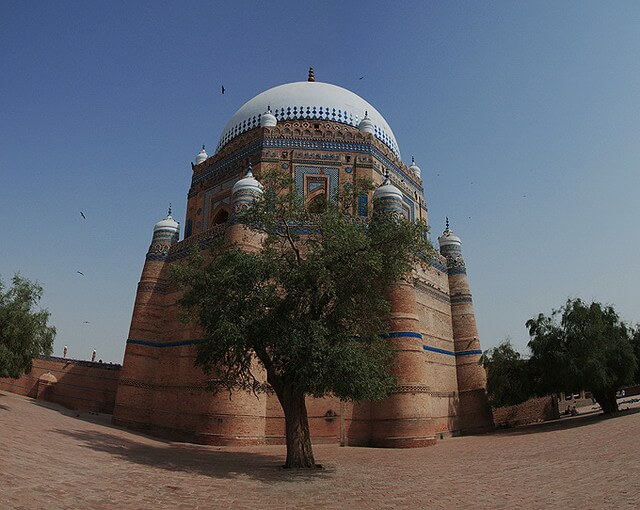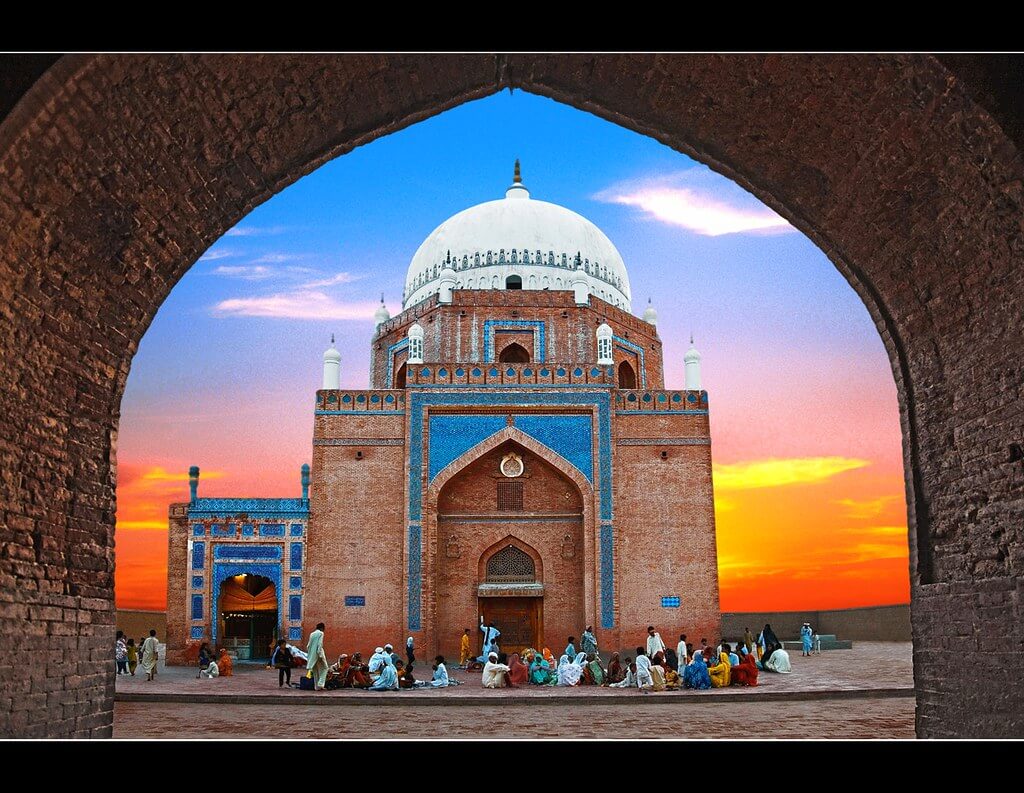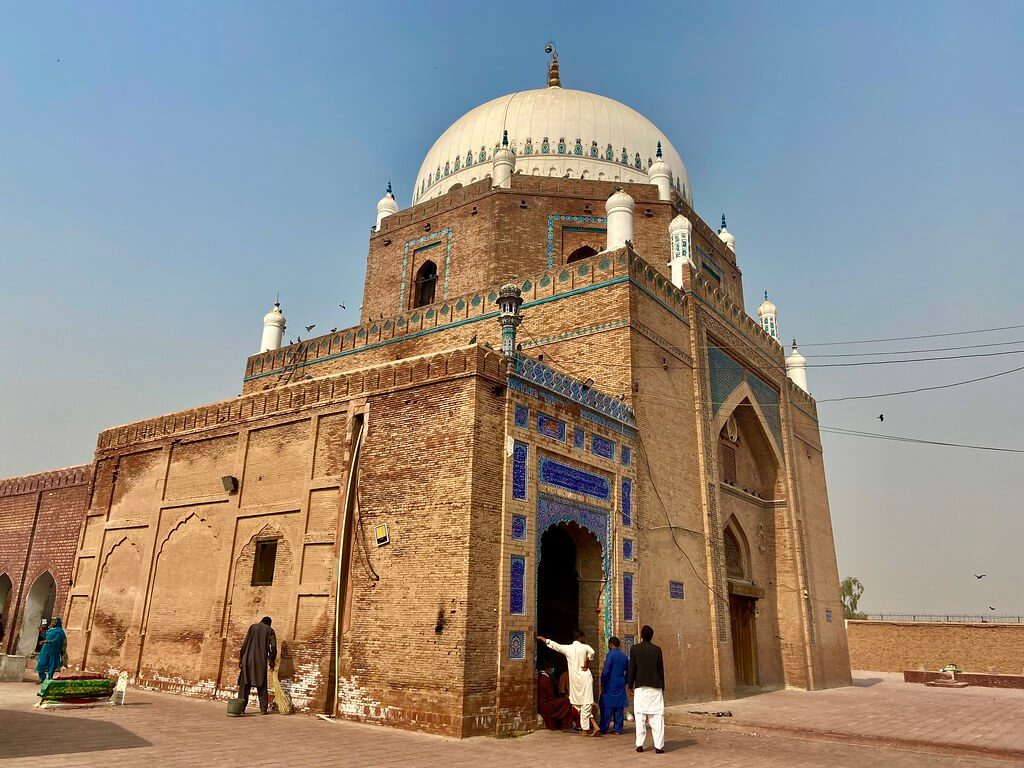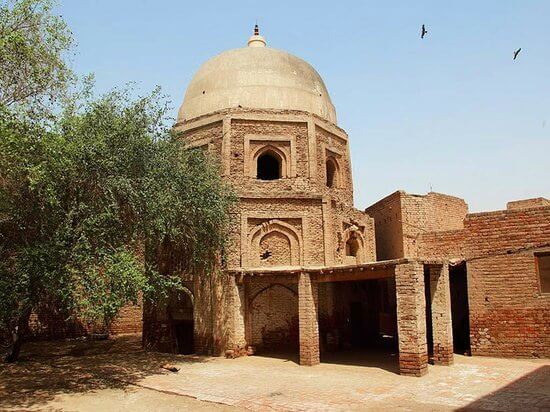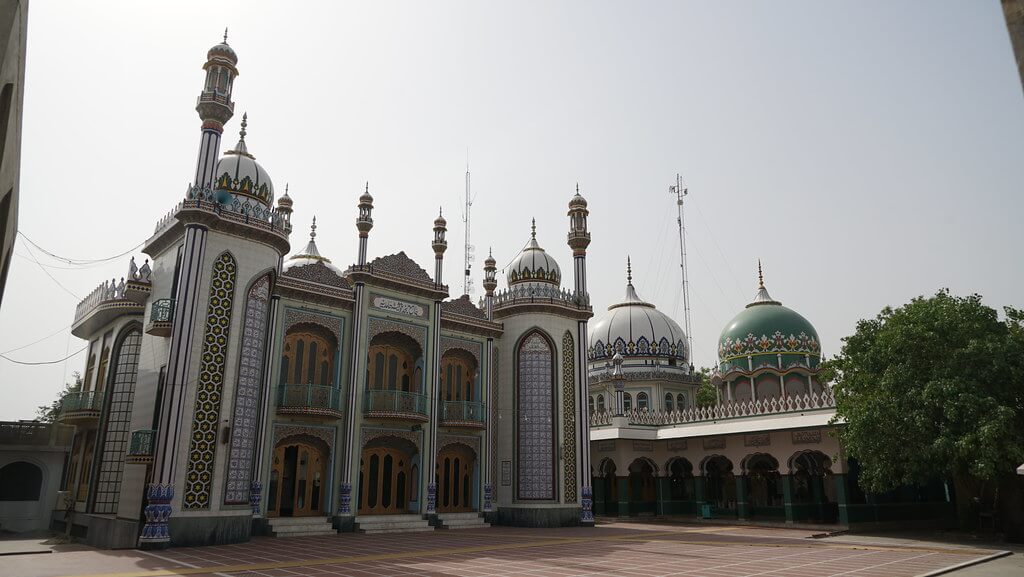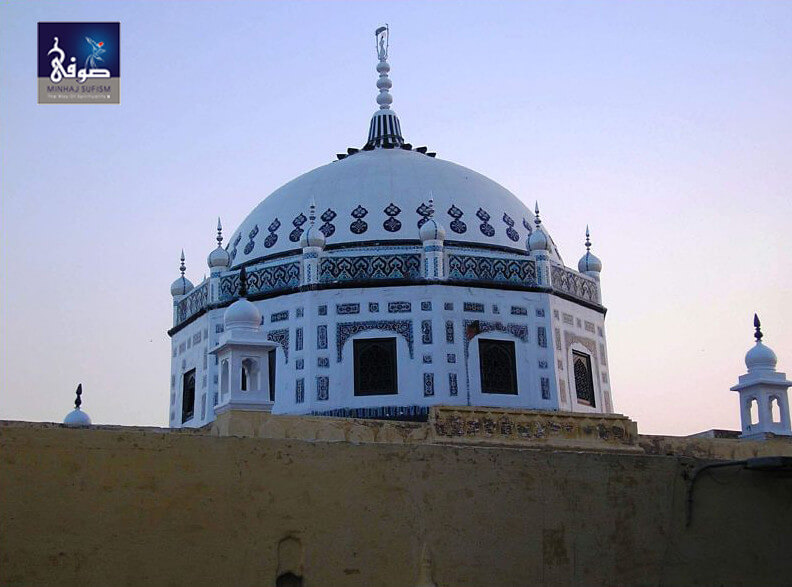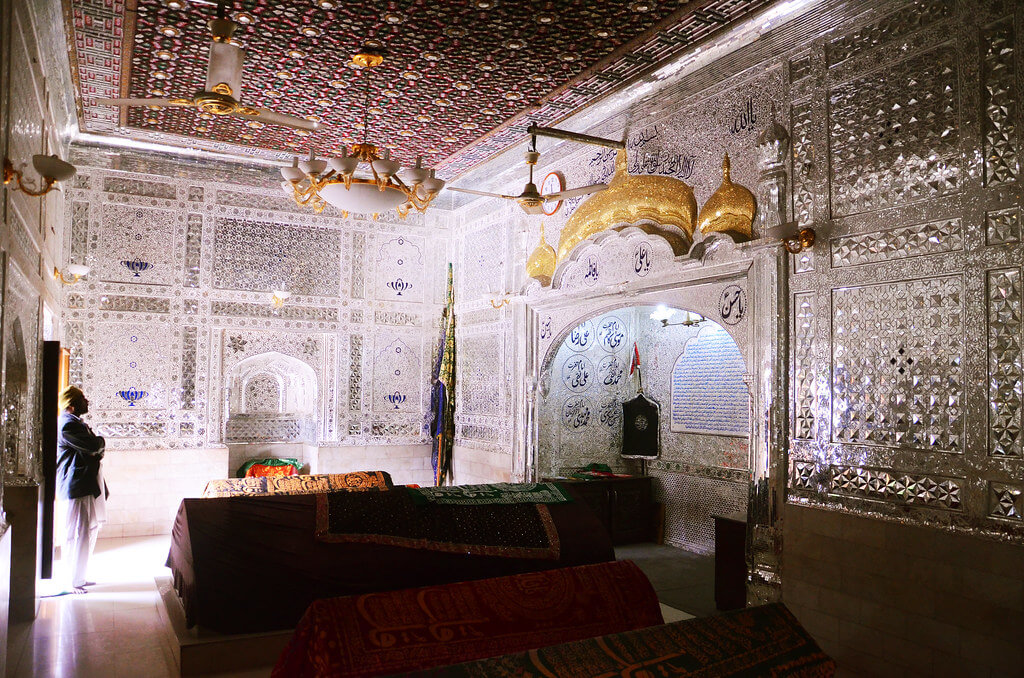Tombs in Multan: A Legacy Carved in Stone
Multan, an old city on the banks of the Chenab River in Punjab, Pakistan, is known for its rich history, vibrant culture, and stunning architecture. One of its most notable aspects is the scattering of graves across the city. These tombs demonstrate the city’s historical significance as well as the creative ability of its architects and constructors. In this article, we will look at some of the most noteworthy tombs in Multan.
List of Tombs in Multan
The tombs in Multan are mentioned below:
- Tomb of Shah Rukn-e-Alam
- Tomb of Bahauddin Zakariya
- Tomb of Shah Shams Sabzwari
- Tomb of Mai Maharban
- Tomb of Hamid Ali Khan
- Tomb of Peer Syed Hamid Shah Gillani
- Tomb of Hazrat Hafiz Jamal Ullah Multani
- Tomb of Shah Yusuf Gardezi
Tomb of Shah Rukn-e-Alam
The Tomb of Shah Rukn-e-Alam is one of Multan’s most prominent buildings. It is the ultimate resting site of Sheikh Rukn-ud-Din Abul Fath, also known as Shah Rukn-e-Alam, a celebrated Sufi saint and grandson of Bahauddin Zakariya, another famous Sufi Saint.
The mausoleum, constructed in the 14th century, is a stunning example of Multani architectural style, with a dome and minarets covered with blue and white tiles. The inside is similarly magnificent, with elaborate carvings and Quranic inscriptions adorning its walls.
Tomb of Bahauddin Zakariya
Bahauddin Zakariya, also known as Bahawal Haq, was a notable Sufi saint and philosopher. His grave, located near Multan’s historic fort, is a revered site for both pilgrims and visitors.
Built in the 13th century, the tomb is an excellent example of early Multani architecture. This design is distinguished by its square base, octagonal drum, and dome covered in glazed tiles. The tomb is encircled by a courtyard with arched gates and a water tank, which contributes to its magnificence.
Tomb of Shah Shams Sabzwari
The Tomb of Shah Shams Sabzwari, another famed Sufi saint, is situated in the center of Multan. Shah Shams Sabzwari was a Persian mystic who moved to Multan and became a prominent figure there.
The mausoleum, constructed in the 12th century, is an outstanding example of Multani architecture. The octagonal design, towering dome, and beautiful tilework make it a sight to see. The inside of the tomb is embellished with magnificent calligraphy and patterns that represent the region’s rich cultural past.
Tomb of Mai Maharban
The Tomb of Mai Maharban, also known as Mai Maharban’s Tomb, is a less well-known but equally spectacular edifice in Multan. It is the ultimate resting place of Mai Maharban, a woman of outstanding knowledge and piety from the 12th century.
The mausoleum is distinguished by its unusual design, which has a central dome and four corner domes covered with blue and white tiles. The inside boasts magnificent carvings and frescoes, demonstrating the builders’ creative abilities.
Tomb of Hamid Ali Khan
The structure within Multan Fort includes the Hamid Ali Khan Shrine and Jamia Masjid Ghousia Hamidia. Many of these shrines and mosques are crowded together to increase the holiness of the places. In addition to the saint’s remains, the graves include the caskets of all of their adherents and relatives. Each tomb is draped in colorful tapestries, adding vibrancy to the mausoleums’ otherwise gloomy and dismal interior.
While the Shrine of Hamid Ali Khan is not as old or magnificent as the nearby graves, it does have more vitality. It serves as both a madrasa (an Islamic institution) and the ultimate resting place of a Sufi saint. Students can be seen swaying back and forth as they recite lines from the Holy Quran, their voices carrying throughout the shrine and mosque. As you go through the madrasa’s hallways, students and even professors will be eager to share their school and faith with you.
Tomb of Peer Syed Hamid Shah Gillani
This compound, like the other darbars in Multan, consists of three graves and a mosque that are packed together. The Hazrat Musa Pak Saheed Tomb, Hamid Shah Gillani Tomb, and Masjid O Madrisa are all located a few minutes northeast of the Haram Gate. Devotees flock to the darbars and mosques at all hours of the day to worship and pay their homage to the Sufi saints.
What truly distinguishes these mausoleums from the rest of Multan’s graves is that a well-traveled alleyway runs between the shrines. As if you were going through a maze, you’ll round a corner and find yourself surrounded by stunning mosaics and Islamic art. Many average individuals stroll by this darbar every day on their way to and from work. This makes it one of the top sites in Multan for people-watching.
Tomb of Hazrat Hafiz Jamal Ullah Multani
The Tomb of Hazrat Hafiz Jamal Ullah Multani is unique in that it is one of the few mausoleums that still displays genuine Mughal paintings. Like most other darbars, there are numerous smaller tombs clustered around this burial, but none of them can compare to the splendor you will see when you enter the dome.
The centuries-old flower murals that cover every inch of the inside of this temple have seen better days. However, the mildew, water damage, and chipped stone demonstrate the antiquity of this medieval darbar. While the other mausoleums in Multan have undergone substantial modifications, this tomb, for better or worse, has remained almost unchanged for hundreds of years, except for the fan and fluorescent lights.
Tomb of Shah Yusuf Gardezi
The Shah Gardez Tomb is located on the far western edge of Multan’s huge market. Tucked away from the hustle and bustle of the market, the only way to get near this darbar is to circle some type of walled enclosure. The modest-looking entryway of decaying red bricks leads to a vast courtyard with tall spires, a marble grave, and mosaic-covered tombstones.
The tomb itself is modest in size but compensates for its lack of enormous domes with stunning blue tiles. The box-sized tomb is located amid the darbar, with pigeons continually flying overhead. Although the grounds are barren, a photographer may easily spend hours photographing various viewpoints of the Shah Yousuf Gardezi Tomb. In recent years, this place has also seen sectarian strife and terrorist strikes. The cops patrolling the compound may feel nervous and chase you out of the darbar.
Conclusion
Finally, tombs in Multan represent not just the city’s rich past, but also the inventiveness and workmanship of its architects and constructors. These monuments continue to evoke awe and devotion, acting as symbols of the city’s cultural and spiritual past.


